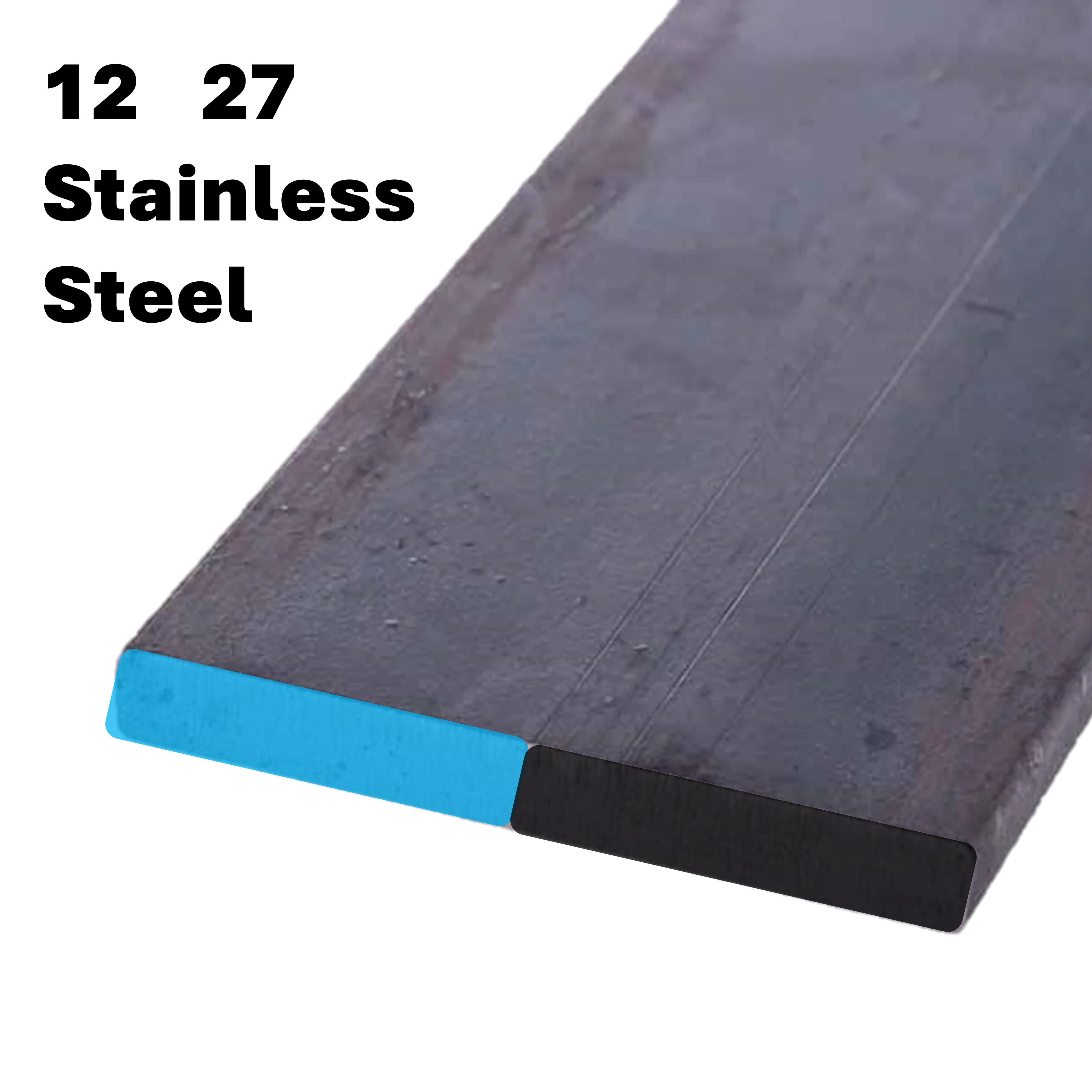CJ 1227 Stainless Steel (12c27 Equivalent)
A highly popular stainless steel renowned for its impressive edge retention capabilities. Whether you're a professional chef, an outdoor enthusiast, or simply looking for reliable kitchen knives, this steel ensures that your blade remains sharp and ready for action.
Made by CSCJ
Alloy Content CJ 1227
- Carbon – 0.60%
- Chromium – 13.5%
- Silicon – 0.40%
- Manganese – 0.40%
- Phosphorus – <0.025%
- Sulphur – <0.010%
Heat Treatment
1. Normalising (optional but recommended):
- Heat slowly to 850–900 °C (1560–1650 °F)
- Air cool to room temperature
- Helps refine the grain and prepare for hardening
2. Hardening:
- Pre-heat to 600–700 °C (1110–1290 °F)
- Austenitise at 1050–1080 °C (1920–1975 °F)
- Soak for 5–10 minutes once at temperature
- Avoid over-soaking, which may cause grain growth or chromium carbide formation
- Quench:
-
- Oil quench (fast, warm oil recommended) or
- Plate quench / forced air for thinner blades
- Aim to cool below 200 °C (390 °F) within a few seconds
Expected as-quenched hardness: ~60–61 HRC
3. Tempering:
- Temper immediately after quench once the blade reaches hand-warm
- Recommended tempering range: 175–225 °C (345–435 °F) for most knives
-
- Lower temp (175 °C / 345 °F): max hardness, ~59–60 HRC
- Higher temp (225 °C / 435 °F): more toughness, ~57–58 HRC
- Hold at temperature for 1 hour per inch (25 mm) of thickness, minimum 2 hours
- Air cool to room temperature
- Double tempering is recommended for stability
4. Cryogenic Treatment (optional):
- Can improve hardness and dimensional stability
- Deep freeze to -80 °C / -112 °F after quench, before tempering
- Return to room temp, then temper as normal
Typical Result
With proper treatment, 1227 can reach 57–60 HRC, offering a good balance of edge stability, corrosion resistance, and toughness—ideal for outdoor, kitchen, and utility knives.
















